I’ve been thinking about Pamela Colman Smith this week. It got me digging through my library, reading new articles, and asking questions beyond what I usually say about this tarot legend: that she was underrated and underpaid, and that the fact that her name didn’t end up on the “Rider-Waite” deck is just plain wrong. I have stared at Smith’s seventy-eight images for decades. I have spent a lot of time with her deck, it is the one I read with, and I continue to learn from it. And after all these years, there is still mystery in her expression. There is always a new nuance and it is pure magic.
Most tarot people now refer to the most widely distributed tarot deck EVER (100 million copies) as the “Rider Waite Smith” deck, but even that feels a bit off. Rider was the publisher, Waite did the conceptualizing and writing, and Pamela (also known as Pixie), created the images. For me, the images are what make the tarot iterative, interpretive, compelling. I love collaboration (Three of Pentacles vibe) but with tarot the images are primary—there is no tarot without them. Above all the deck is Smith’s.
“All arts are branches of one tree,” Pamela affirmed and her personal cultural landscape reflected this. Although she was most famous as an illustrator, she was deeply involved in the theater, as well as painting and music, and transcribed, performed and published Jamaican folktales in patois.
By the time Pixie was in her early twenties she was an orphan, yet she didn’t attach herself to a man for security then or ever. She was an only child born in England to American parents, and though her heritage went back to the Mayflower, I don’t think she had an affinity to a particular nationality. She spent a good part of her childhood in Jamaica due to her father’s business, where she learned the rich folktale tradition.
Pamela had a Jamaican nanny who told her stories and the theatrical Pixie learned to imitate the dialect with skill. She later brought these incredible tales to life in performance, and published her book Annancy Stories (1899), which is still in print.
As the author of the American Renaissance Tarot, Thea Wirsching’s work has focused on the American roots which influence tarot, and Smith is an interesting subject for her. Arguments can be made for Pixie being American, English (she was born there), and then there is the Jamaica factor, which complicates matters considerably. Wirsching argues that even though Pixie was born in London, her heritage, her DNA, her background for generations was not only American, but as a member of the American elite. She came from Pilgrims, and wealth, high finance and politics. Her family tree features such preeminent Americans as Thomas Hooker, the colonial minister and politician, her grandfather Samuel Colman who was a noted publisher in New York, and her other grandfather who was the mayor of Brooklyn. So she came from the elite, from money, from movers and shakers, but it seems as if she didn’t identify as an American. And she didn't have the wealth of her ancestors either.
From murky national borders, to women’s suffrage, to androgyny in the depictions of her tarot, to her Christian mysticism, PCS in her work and life questioned the very need for borders, for the labels of man and woman, of nationality, of only focusing on one art form. When I try to pull together the disparate aspects of her life and work I end up on shaky ground, but I think that’s where the sweet spot is. The question of her nationality, sexuality, religion, career, are all up for grabs, which is why she is so fascinating, and essentially, modern.
Costume was an essential part of Pixie’s life, both literally, as she dressed the part of a Jamaican nurse to deliver her folktale performances, and figuratively as she depicted men, women, and the places in between in her art. In retrospect, with today’s sensibilities, it would be looked down on to dress up as and imitate a person of color. For PCS costume was political, and it was important to her that the Jamaican folktale was experienced by her audiences as an art to be respected. Costume allowed her to become someone else for a time, to live another's life, to muddy the borders between self and other.
Pixie died penniless and was buried in an unmarked grave. I guess I mostly want her to be remembered, as her art, her images, are so important to the people who hold the cards every day, who share the thoughts the cards provoke. It is as if that piece of Pixie is more alive than ever, and apparently she’ll stay that way. One hundred million decks sold don’t lie.






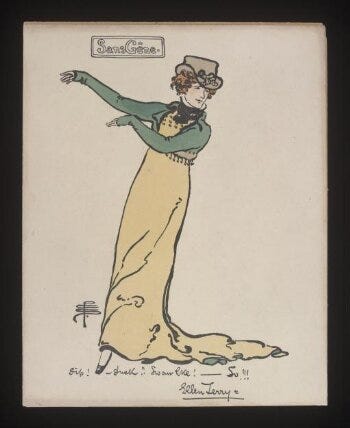

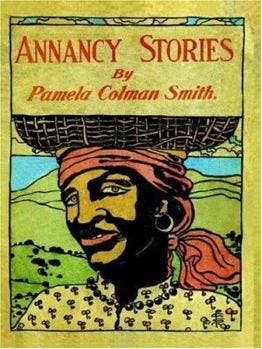
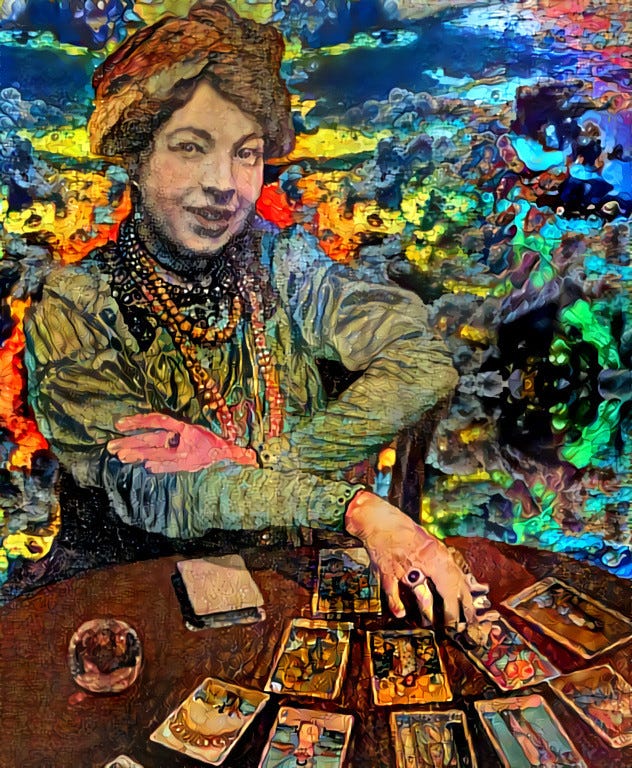
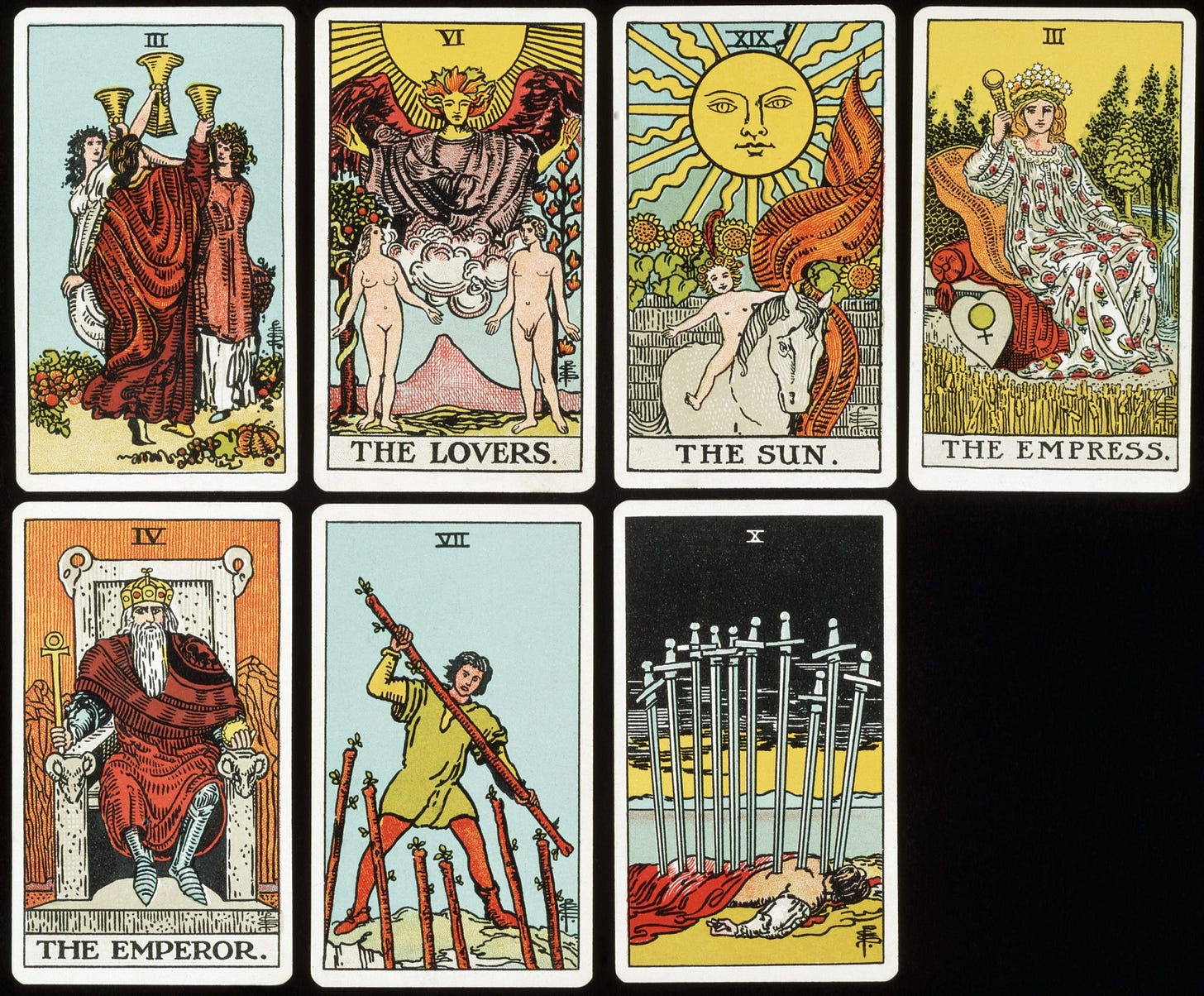
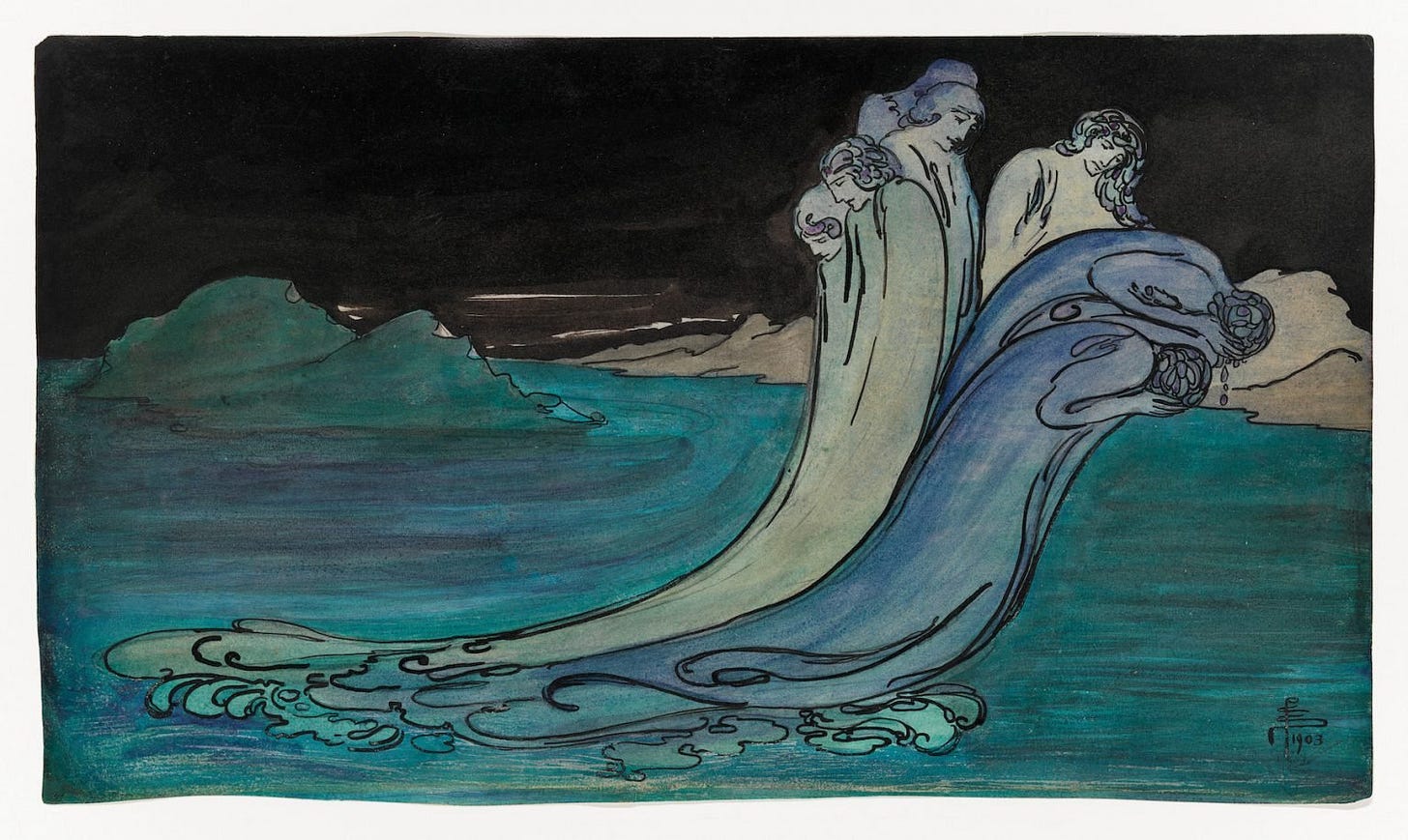
Thank you Hanna, the local group of readers I play with were recently chatting about Pixie and how she was not honored. It was a mans world with a lack of value for women. In one way, it helps me to see the progress in that front!
Your article feels so timely for me. Yes, on the deck should have been named and I think going forward, I will call it the Smith, Waite, Rider deck! SWR. ❤️
A beautiful and inspiring tribute. I’m ordering a deck and the volume of stories today. Thanks, Hanna. Love, dad